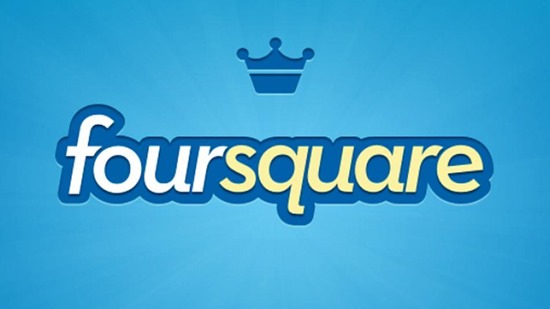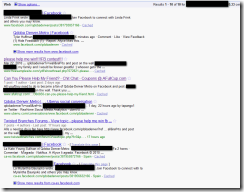Nearly four years ago, I wrote How To Fix Twitter, suggesting that Twitter needed to make verification available for everyone for a nominal fee, then enable users to toggle “Verified” notifications to fix most of the interaction. In an extremely chaotic way, we’ve watched this play out and as it turns out Twitter remains just as toxic as ever and after losing a majority of its advertisers, this Titantic seems destined for the iceberg.
Where did I go wrong?
The problem is that people still see the Blue Checkmark as a status symbol of social validity, rather than actual verification. Twitter, still treating it as a status symbol, is now simply charging a tax for it. Given all the stories about fake accounts becoming verified, Twitter hasn’t bothered doing the verification. Given their massive layoffs, they don’t seem staffed to be able to verify anyone. To make matters worse, Twitter is now rolling out different classifications of verifications: gold for organizations (such as media outlets), and grey for government agencies. With more colors possibly on the way, the value of the blue checkmark is simply getting inflated.
I remain convinced that performing due diligence on verification could go a long way to fix the toxicity of Twitter and disincentivizing behavior from trolls and fake accounts. A transparent verification process – such as a government-issued ID, and disclosing the type of ID that was used in verification – would build up trust in the checkmarks.
With all that said, Twitter seems bent on a death spiral.
Recently they turned on the third-party clients in which Twitter’s ascendence was built, by blocking access to their API. Third-party clients are responsible for many of the features Twitter takes for granted, with Twitter’s own client being an acquired third-party client. Aside from technology, many of Twitter’s oldest and most enthusiastic users accessed the service through third-party clients. My guess is that Musk and Twitter leadership gutted the API team and saw this as a convenient opportunity to do away with the clients.
Twitter is cutting itself off at the knees with this decision. From the news I’ve read, it doesn’t seem that incorporating verification into Twitter Blue moved the needle on their subscriptions. With advertisers leaving in droves, Twitter’s API could have been a source of revenue for subscribers by requiring Twitter Blue in order to use a third-party client. However, it’s apparent that the API was likely lobotomized and won’t ever be back.
I’m still using Twitter, begrudgingly, but am finding myself using Mastodon more and more. After Tweetbot was shut down, the developers created Ivory. Using that client has unlocked the joy I’ve lost from using Twitter.
I’d love for you to come hang out with me on that platform if you’d like – mastodon.world/@jeromey



